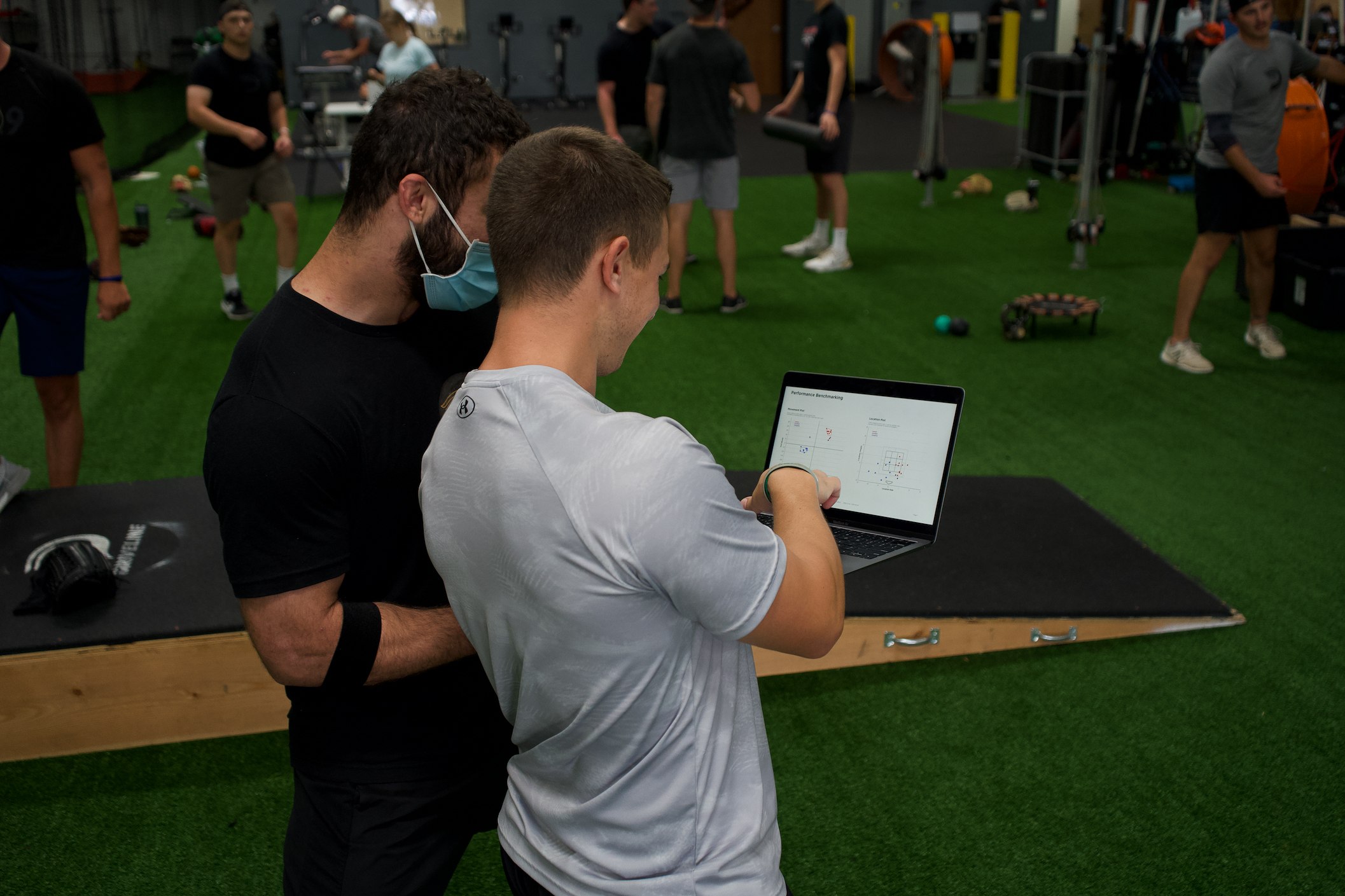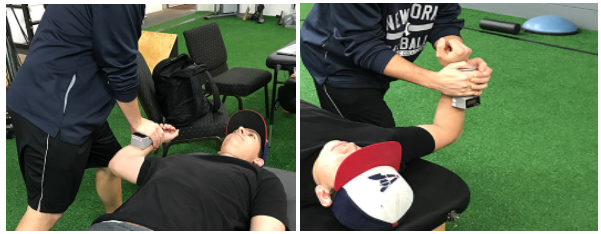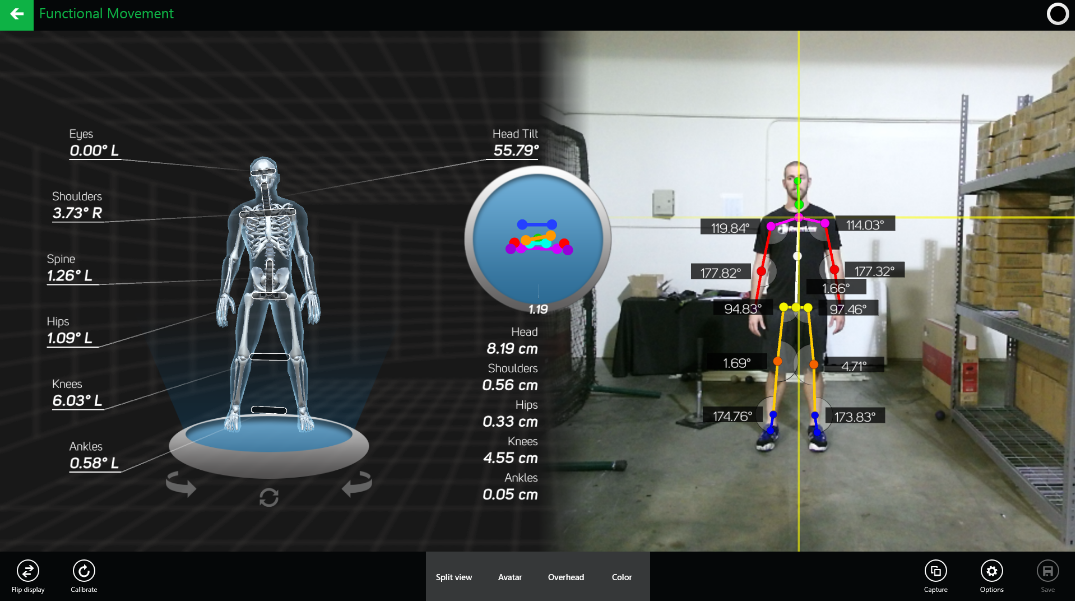Athlete Screening Part 1: Movement Screens

You can’t fix a problem if you don’t know it exists.
If you’ve played the game of baseball before, chances are someone has told you to fix your mechanics. Mechanics are an ingrained part of this game that players and coaches alike seek to consistently improve upon and refine. However, what is often neglected when striving for perceived mechanical perfection is how an athlete moves on a fundamental level.
Enter the movement screen: an integral piece of a successful training program, because, when it comes down to it, pitching is movement. If we are going to constantly assess, critique, and change our pitchers’ mechanics, then we also should understand the elements of their fundamental movements.
By gaining an understanding for what players do well and what they need to work on, from a base-movement standpoint, we can begin to positively change their programming in the weight room to improve weaknesses and possibly even solve some of those persistent mechanical faults!
What Are Movement Screens
First, let’s look at what we’re actually assessing in a movement screen. What we’re actually looking for is joint mobility and stability, and we do this in one of two ways.
The first is in a static position that requires the athlete or trainer to actively move the athlete’s body through a range of motion (ROM) in order to determine if a “normal” ROM is present about that joint. An example of this is having the athlete perform a straight-leg raise from a supine position.
Another way to assess movement is to have the athlete perform some sort of dynamic activity such as a squat, a lunge, or a push-up. These provide even more feedback, because if you understand mobility, you know it’s important to not just have full ROM but also to have strength through a ROM.
This is where you can really begin to see things that are potentially impacting your athletes’ performance.
Basic Movement Screens
One of the most popular movement screens is the Functional Movement Screen (FMS). The FMS is a good place to start for coaches looking to implement a simple baseline movement screen, because it assesses seven basic movement patterns and includes dynamic movement. It’s also fairly easy to screen and score, and it provides a measure for baseline performance of an athlete. This makes the coach’s job easier too, because it allows for a simple rescreening process with measurement of improved performance.
Another option, one a bit more applicable to baseball, is the Titleist Performance Institute (TPI) screen, which is intended for golfers. This screen has a more rotational focus than the FMS.
It’s important to note that regardless of what screen you decide to start with, one mentioned above or your own, re-testing is vitally important. You want to know if playing games or training has had a positive, negative, or no effect on a player’s movement.
Baseball Specific Screens
Neither of the previous two screens are specific enough for baseball players, especially pitchers, and what’s more unfortunate is that there isn’t a quality baseball-specific screen available yet.
Although, what’s most important is starting somewhere. Once you start and rescreen, you can always continue to evolve and add or subtract things to your screening process.
That’s exactly how our screen at Driveline has come about. We initially started with the FMS, which we modified and changed. Even today we continue to evolve as we learn more and more about our athletes. With that said though, the best screens include a review of basic movement patterns and some sport specific screens.
Below are some more baseball-specific screens that we use in facility, which coaches and athletes can implement easily:
Internal / External Shoulder Strength: A table and a hand held dynamometer can be used to measure the force of both shoulders during the season. Be sure to measure both shoulders to compare a pitcher’s dominant to non-dominant arms. It is common for internal-rotation peak force to be higher than external-rotation peak force on the throwing side. This is not cause for concern unless the strength in the external rotators is below 60% of the internal-rotation strength.
Internal/External Range of Motion: A table and an extendable goniometer can be used to measure the range-of-motion of both shoulders during the season. Be sure to measure both shoulders to compare a pitcher’s dominant to non-dominant arms. It is common for pitchers to gain external ROM and lose internal ROM as the season goes on. You will want to retest ROM throughout the season to see if there are any changes to the total range of motion of an pitcher’s throwing arm.
Grip-strength: Grip strength is a simple assessment that can be completed with a grip dynamometer. It can serve the purpose of testing strength gains if used throughout the year. It can also be a helpful measure in-season. Periodic testing in-season can give a glimpse of an athlete’s central nervous system. A sharp decrease in grip strength from a baseline can suggest a fatigued athlete.
Hip Internal/External Rotation: With the athlete lying supine, flex the leg to 90 degrees, place a hand on the ankle, the other on the knee, and gently move the athlete into internal and external rotation while noting when you feel bind. Examine the other leg for inconsistencies in ROM between sides. This is a fairly simple test for internal-external rotation mobility which has importance for lower-half movement when throwing.
Where Is Driveline’s Movement Screen Now?
As I said, our movement screen at Driveline has continued to grow and shift as we’ve expanded our screening process to include more technology. One piece of technology is the Kinetisense.
Kinetisense is a markerless motion-capture system that allows us to quickly and efficiently determine degrees of ROM for certain joint movements. The benefit this provides is that it removes the inter-rater reliability. We now have data that reflects an athlete’s actual ROM for a movement, which will be consistent across all testers.
And as you know, here at Driveline, we love data! But in all seriousness, having this data helps us to refine our movement screen. Most movement screens only look for deficiencies compared to the right and left sides, but baseball is an asymmetric sport—we often only rotate one way. What makes an athlete’s right side different from their left side might be what makes them great; it might be what keeps them healthy. As we continue to assess and validate the kinetisense through our biomechanics lab, we hope to bridge the gap between base movement deficiencies and actual injury predictors.
Check out part II of this series on Performance Screens
This article was written by High Performance Trainer Sam Briend
Want to learn more about strength training and efficient movement patterns in the weight room as it relates to being a better pitcher? Read all of our articles relating to strength here.
Comment section
Add a Comment
You must be logged in to post a comment.




Ricky Norton -
What brand is that Dynamometer? Where could I find one?
Thanks,
RN
Driveline Baseball -
The brand we have is a Camry and you can find those on Amazon, or really anywhere online.
Weighted Baseball Training - A Getting Started Guide -
[…] train too aggressively with them until athletes have gone through our initial evaluation, both movement and performance screens, to determine shoulder/hip imbalances and pitching mechanical efficiency. […]
Pitching Mechanics: What We Don't Know - Driveline Baseball -
[…] this series, we’ll discuss how knowing these anatomical and mobility differences will affect an athlete’s screening process. When it comes to screening athletes, coaches and athletes need to decide what movements are […]